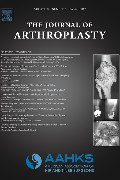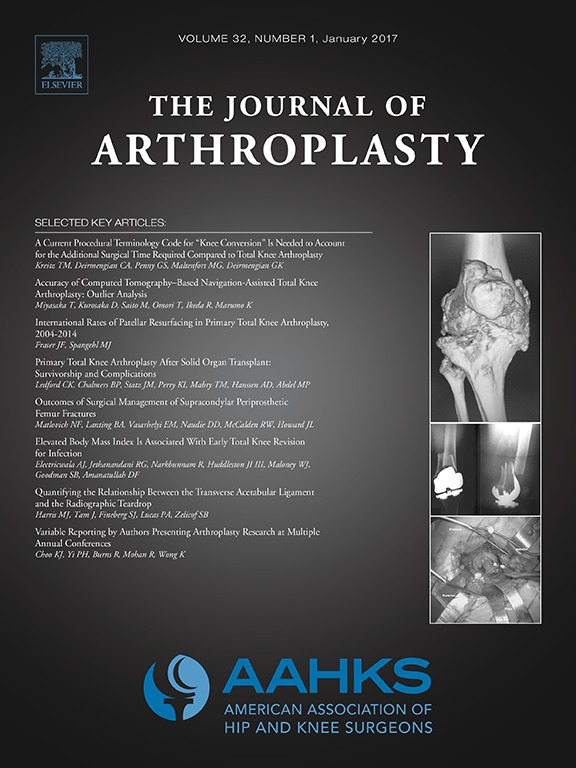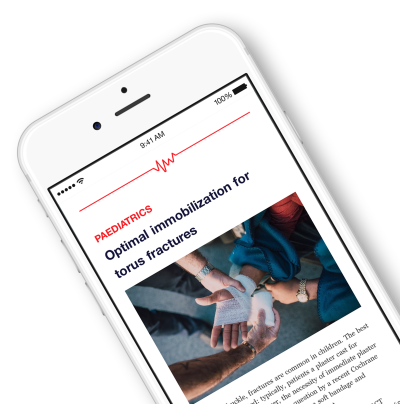
The effect of continuous passive motion on patients following TKA .
The efficacy of continuous passive motion after total knee arthroplasty: a comparison of three protocols
J Arthroplasty. 2014 Jun;29(6):1158-62One hundred and sixty patients, between the ages of 18 and 90 years of age, who were scheduled to undergo primary total knee arthroplasty (TKA), were randomly assigned into 1 of 3 groups to determine the effect that continuous passive motion (CPM) had on clinical outcomes following surgery. Patients either received stationary CPM as an adjunct to physiotherapy, non-stationary CPM as an adjunct to physiotherapy, or standard physiotherapy alone. Results of the study indicated that, when comparing CPM intervention to physiotherapy alone, no significant differences in range of motion (ROM), swelling, blood loss, pain scores, or active ROM existed 3 weeks after intervention.
Unlock the Full ACE Report
You have access to 4 more FREE articles this month.
Click below to unlock and view this ACE Reports
Unlock Now
Critical appraisals of the latest, high-impact randomized controlled trials and systematic reviews in orthopaedics
Access to OrthoEvidence podcast content, including collaborations with the Journal of Bone and Joint Surgery, interviews with internationally recognized surgeons, and roundtable discussions on orthopaedic news and topics
Subscription to The Pulse, a twice-weekly evidence-based newsletter designed to help you make better clinical decisions
Exclusive access to original content articles, including in-house systematic reviews, and articles on health research methods and hot orthopaedic topics
































































